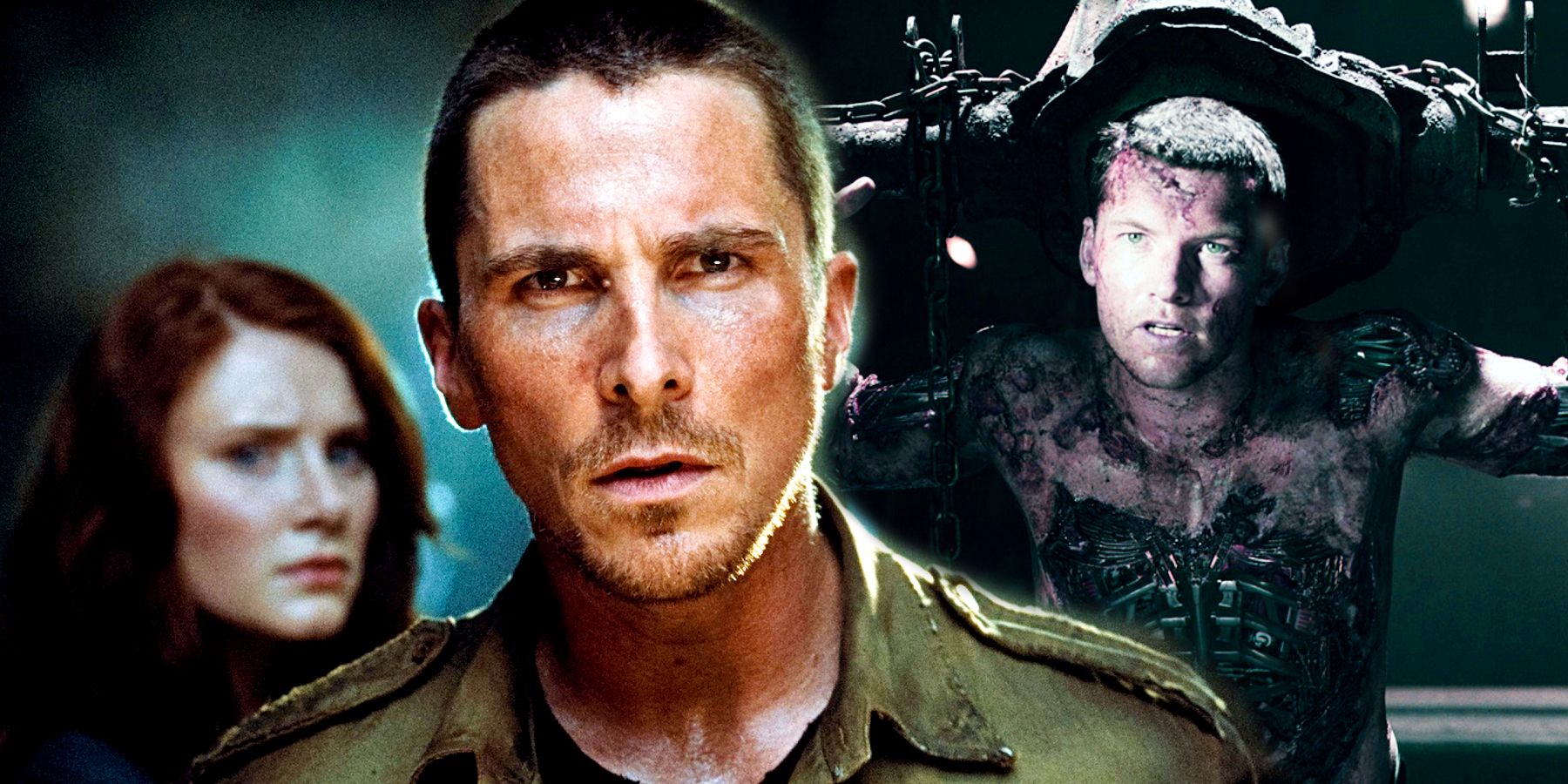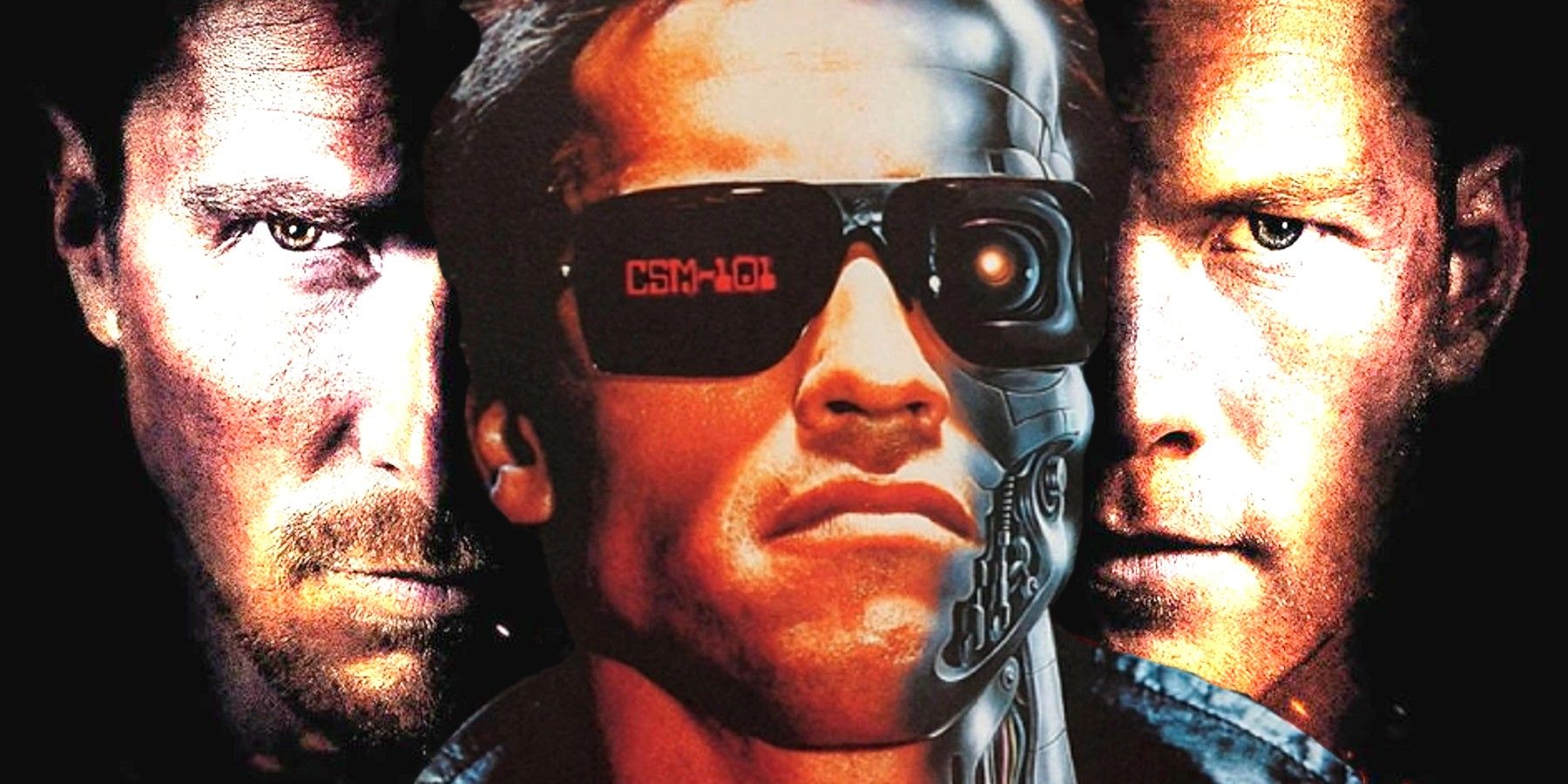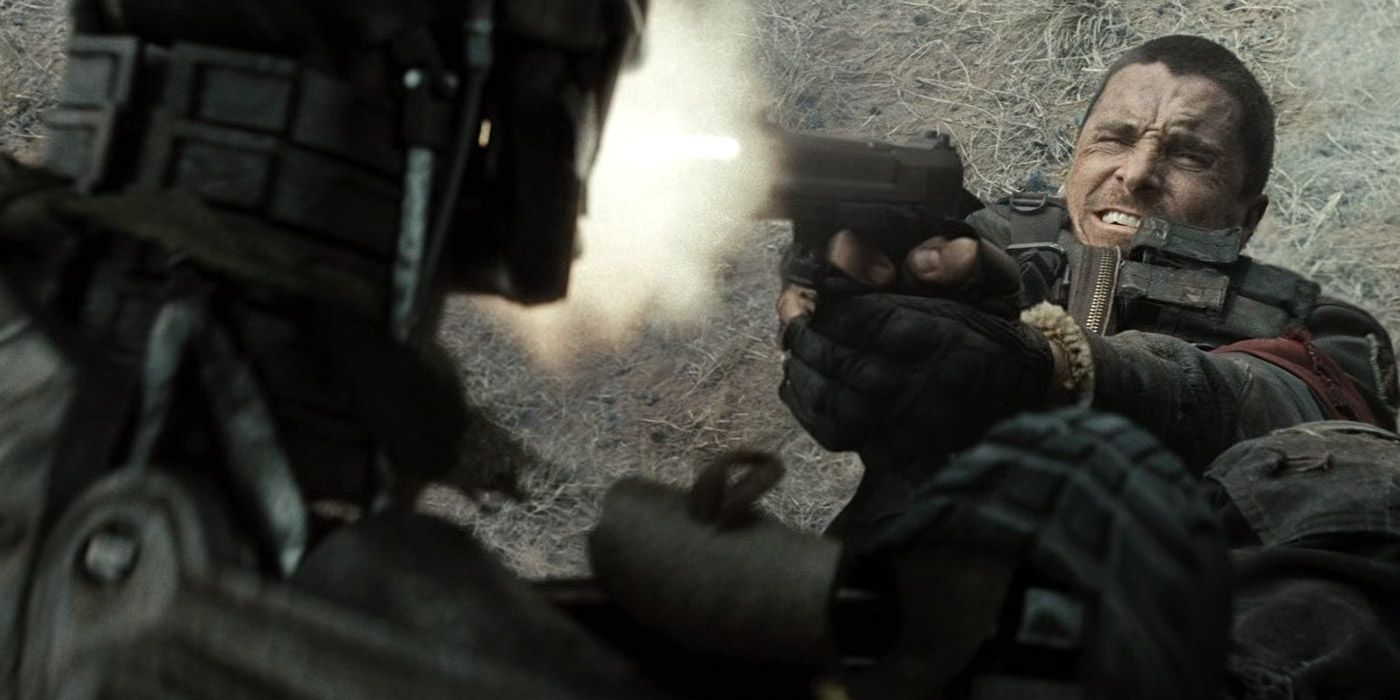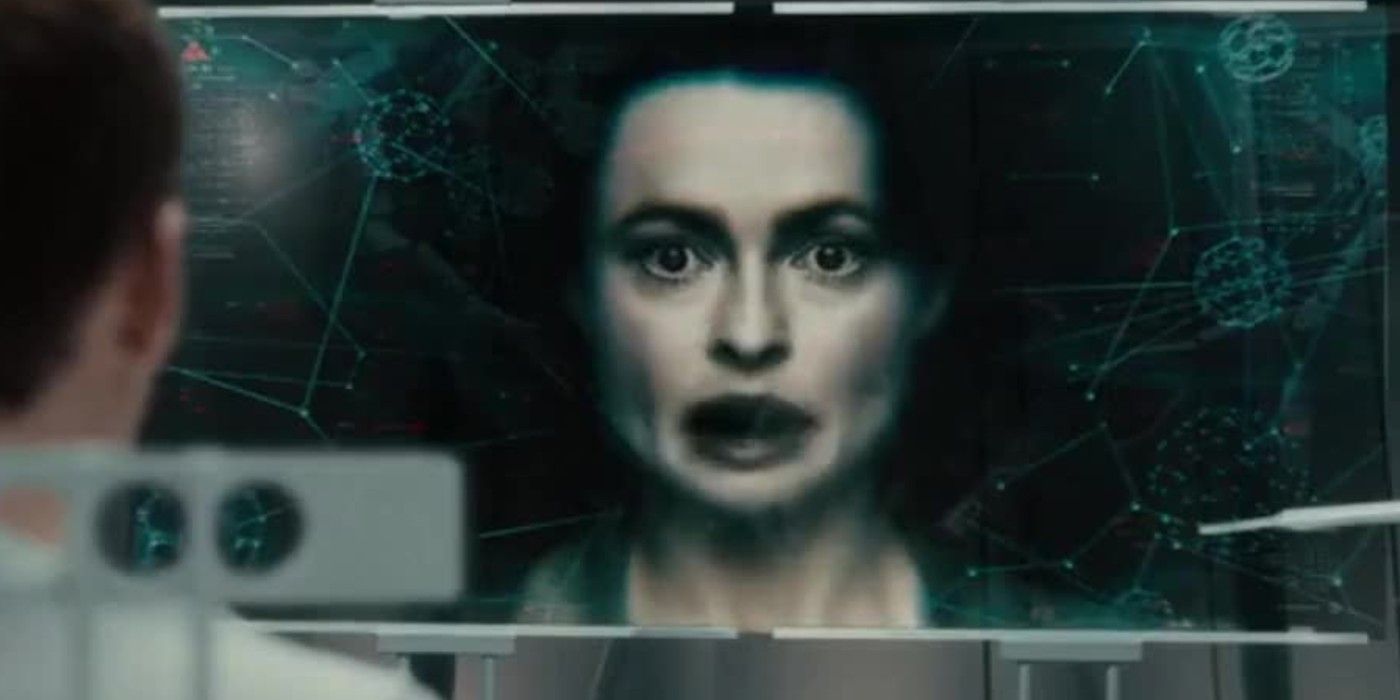While 2009’s Terminator: Salvation is still imperfect, the belated sequel is the most underrated outing of the Terminator franchise. Terminator: Salvation attempted to change the tone of the Terminator franchise, following a trio of similar chase movies that were all set in the present with a markedly different post-apocalyptic war movie. Although director McG’s ambitious experiment was not an unqualified success, Terminator: Salvation nonetheless became the franchise’s most underrated outing thanks to this change-up.
The original Terminator was a relentlessly efficient thrill ride that never lets up throughout its tense runtime. Still director James Cameron’s best horror movie, The Terminator was a brutal slasher-style sci-fi that followed Kyle Reese and Sarah Connor’s attempts to escape the terrifying titular T-800. The first sequel in the series, Terminator 2: Judgment Day, turned the T-800 into a heroic protector, but otherwise kept the almost-contemporary setting and the tense chase movie setup of the original Terminator. 2003’s Terminator: Rise of the Machines was yet another sci-fi chase movie from the franchise set in the very near future, and its lukewarm critical reception made it clear that the franchise needed to switch up its formula soon to avoid irrelevance.
Despite its critical failure, there is no denying that 2009’s Terminator: Salvation did just that. The dystopian war movie, set long after the franchise’s apocalypse, saw Terminator: Salvation hero Marcus link up with resistance fighter John Connor to take down Skynet. Initially intended to be a dark sci-fi riff on Apocalypse Now, the McG-directed Terminator: Salvation was the victim of some serious executive intervention that resulted in the movie’s R-rating being turned to a PG-13, its lead being changed from Marcus to Christian Bale’s John Connor, and its brutally bleak original ending being excised. However, even after all of these changes, Terminator: Salvation remains the franchise’s most underrated outing to date.
Terminator: Salvation Did Something Different
While later sequels Terminator: Dark Fate and Terminator: Genisys was essentially time-hopping chase stories like the first three Terminator movies, Terminator: Salvation’s post-apocalyptic war movie story was genuinely different. McG’s planned Terminator: Salvation sequel would have diverged even further from the franchise’s established genre norms, being a full-blown war movie set in Europe. However, while Terminator: Salvation’s tepid reception may have vetoed that plan, Terminator: Salvation itself was already an inventive genre switch up for the series. The change from the chase movie subgenre to a futuristic war movie was one that instantly elevated Terminator: Salvation and ensured that the sequel offered something none of the other Terminator movies had since Terminator 2: Judgment Day, that being a fresh take on the now-familiar narrative beats of the series.
Terminator: Salvation Didn’t Rely On Nostalgia
At the time of the sequel’s release, Terminator: Salvation refusing to bring back Arnie’s T-800 for more than a mere momentary CGI-assisted cameo was controversial. Arnold Schwarzenegger was the face of the franchise until that point and, although Terminator 3: Rise of the Machines had largely wasted the charismatic star, it was broadly accepted that a Terminator movie not featuring Arnie front and center was not a legitimate entry into the series. However, almost entirely dropping the T-800 meant that Terminator: Salvation refused to rely on built-in nostalgia for the series and instead attempted to offer something authentically new for viewers. It wasn’t flawless, but no one could accuse McG’s movie of pandering and fan service where later outings like director Alan Taylor's doomed Terminator: Genisys could reasonably be accused of leaning on Arnie’s star power in the absence of a compelling or original narrative.
In the years since Terminator: Salvation’s release, Arnie’s T-800 has come back to the franchise with diminishing returns with both Terminator: Genisys and Terminator: Dark Fate, and the decision to keep him almost out of Terminator: Salvation looks wiser and wiser as time passes. The T-800 is an iconic character and one that can’t be replaced or reinvented, meaning Terminator: Salvation’s desire to tell a futuristic story about a human/robot war had no role for the famous face. Rather than reshaping the movie’s story around Arnie’s involvement (which the convoluted plots of both later Terminator sequels seem to have done), Terminator: Salvation made the admirable decision to trust audiences with a new and different sort of Terminator reboot that was still et in the same universe as earlier franchise installments.
Terminator: Salvation Was Almost Brilliant
The original script for Terminator: Salvation and the movie's brutal cut ending would both have elevated the sequel to classic status, but the elements of them that survived are still interesting enough to make Terminator: Salvation an underrated addition to the franchise. In the original Terminator: Salvation script, Marcus’ earlier discovery that he is a Terminator casts the entire franchise in a different light, as viewers found out that the movie's apparent hero and only POV character is one of Skynet's creations. Marcus's status as the movie's original lead meant that viewers spent the entire movie following him, and Terminator: Salvation’s canceled twist was as much of a shock to viewers as it was to Marcus. In contrast, the finished cut of Terminator: Salvation made John Connor the hero as much as (if not even more so than) Marcus, meaning the revelation that Marcus was an android unbeknownst to even himself had little impact. A similar problem occurred with Terminator: Salvation's original ending, which saw Marcus turn evil after being disguised as the now-dead John Connor and killing all of his human allies.
The revelation could have been the franchise’s strongest ending had Terminator: Salvation kept its original twist. However, although this scene was cut from the finished film, there is still a more human-than-usual villain who enhances Terminator: Salvation’s commentary on artificial intelligence in the form of Helena Bonham Carter’s engaging villain Serena. A mortally ill patient who opted to be cybernetically enhanced by Skynet to prolong her lifespan, Bonham Carter’s Serena Kogan is the franchise’s most sympathetic villain. Even with her backstory excised by the finished film, the Terminator: Salvation villainess is the most human of the franchise’s many Terminator models since the T-800 and her tragic past makes her villainy all the more compelling. Bonham Carter’s character might be better served by the director’s cut of Terminator: Salvation, but, in every iteration of the sequel, she is proof that McG’s Terminator is the most underrated outing of the franchise and remains an underrated slice of sci-fi action that didn’t deserve its largely negative reception.




